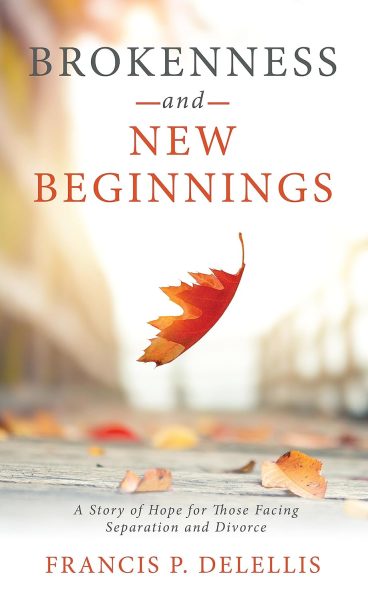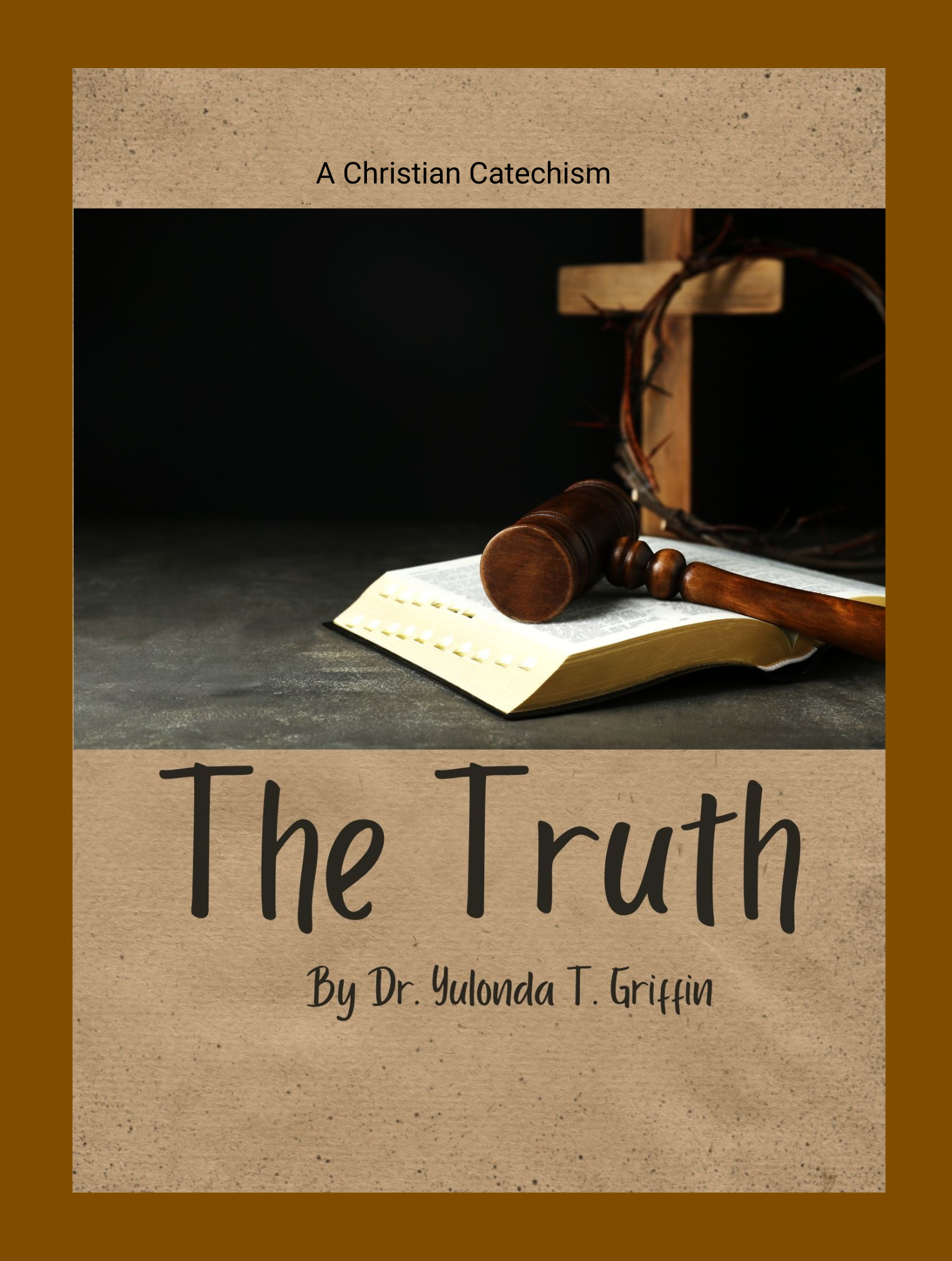 About Beneath the Graffiti: A De-churched Christian’s Search for Christianity:
About Beneath the Graffiti: A De-churched Christian’s Search for Christianity:
Jesus Christ created a masterpiece when He lived and taught what came to be called Christianity. Then, over the centuries, men splattered graffiti on that masterpiece, graffiti in the form of manmade rules, doctrines, beliefs, and traditions. Today, the manmade sometimes obscures the God-made to the point where, in some Christian circles, Jesus’ masterpiece is barely visible.
Sensing that the Christianity he had been experiencing was influenced more by man than God, many years ago CJ Penn left church and stepped off on a journey in search of the masterpiece. This book is a record of what he found when he peered beneath the accumulated graffiti of the past 2000 years, graffiti painted by church history and human nature.
What CJ found confirmed his suspicions that, when we look on the surface of modern Christianity, we don’t always see what Jesus lived and taught. We don’t always see the truth of what it means to be Christian.
Written by: CJ Penn
How to buy the book:
Buy the Book Here
Author Bio:
After becoming an almost-every-Sunday Christian churchgoer in his mid-thirties, CJ Penn eventually volunteered for the challenging task of helping lead the church junior high youth group. Then, in his late-forties, CJ left church and joined the ranks of the de-churched. He soon discovered he wasn’t alone.
Shortly after becoming another church refugee, CJ fell into writing as a way to express his devotion to Jesus, a devotion that, if anything, grew after he stopped attending church. This devotion motived CJ to follow the advice of his favorite Christian author, Andrew Murray, and tangibly (not symbolically) surrender himself to Jesus. He’d gotten tired of trying and often failing to lead his life in any way that felt meaningful and beneficial to others, especially those he loves. And he figured Jesus could do a lot better job of leading his life than he could.
CJ’s writing first took the form of a blog he started back in 2008. Then, just as the pandemic erupted, CJ published his first book, which he’d put four years of effort into. Since then, he’s continued working on multiple books, which remain his preferred form of what many call outreach.
Follow the author on social media:
Learn more about the writer. Visit the Author’s Website
All information in this post is presented “as is” supplied by the author. We don’t edit to allow you the reader to hear the author in their own voice.










